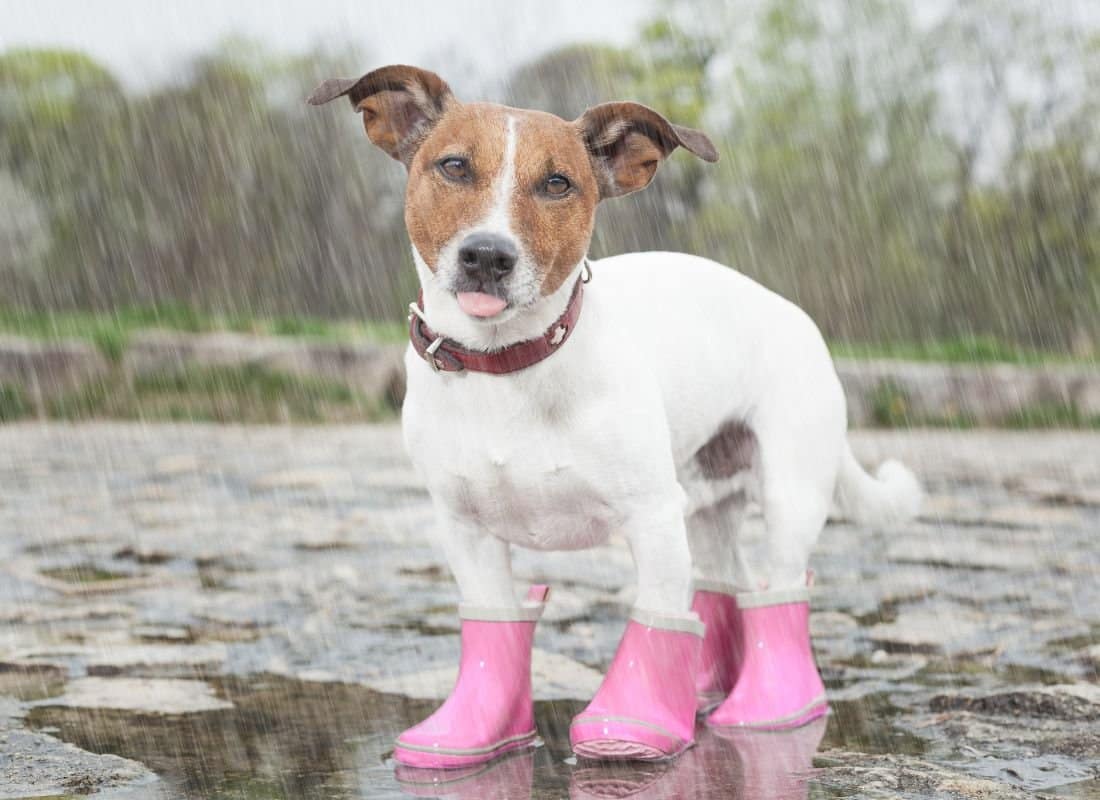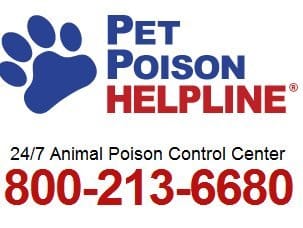Ice Melt: What you Must Know to Protect Your Pets

During the winter months, ice melt products are a common sight in households and public spaces, used to keep sidewalks, driveways, and roads safe from slippery ice. However, while these products are essential for human safety, they can pose significant dangers to dogs and other animals. Understanding the risks associated with ice melt and identifying safer alternatives can protect your furry kids and friends during the colder season.
The Dangers of Ice Melt to Pets
Most traditional ice melt products contain chemical compounds such as sodium chloride (rock salt), calcium chloride, potassium chloride, or magnesium chloride. While effective in lowering the freezing point of water, these substances can be hazardous to animals in several ways:
- Paw Irritation and Burns: Ice melt can stick to a dog’s paws, causing irritation, dryness, and even chemical burns. Prolonged contact can lead to cracking, pain, and an increased risk of infection.
- Ingestion Risks: Pets often lick their paws after walking on treated surfaces, inadvertently ingesting the chemicals. Even small amounts can cause gastrointestinal upset, including vomiting, diarrhea, and excessive drooling. Larger ingestions may lead to salt toxicity, which can manifest as lethargy, seizures, or even death in severe cases. Inducing vomiting in a dog that has ingested ice melt can be dangerous and should not be done without consulting a veterinarian. The chemicals in ice melt can cause irritation or burns to the mouth, esophagus, and stomach lining, and vomiting could worsen this damage.
- Environmental Hazards: Ice melt products can run off into waterways, harming aquatic ecosystems. Wildlife may also come into contact with these chemicals, suffering similar effects as domestic pets.
- Long-Term Health Concerns: Chronic exposure to some ice melt products has been linked to kidney issues, electrolyte imbalances, and other health complications in animals.
Pet-Safe Ice Melt Options
Fortunately, there are ice melt products designed with pet safety in mind. These alternatives use gentler ingredients that minimize risks to animals while still providing effective de-icing. Look for products labeled as “pet-safe” or “non-toxic” and ensure they meet the following criteria:
- Urea-Based Formulas: Urea, a common ingredient in fertilizers, is often used in pet-safe ice melts. While it is less effective at extremely low temperatures, it’s much gentler on paws and safer if ingested.
- CMA (Calcium Magnesium Acetate): CMA is another pet-friendly option derived from limestone and acetic acid. It is biodegradable, non-corrosive, and less likely to irritate paws or harm the environment.
- Potassium Chloride-Free Products: While potassium chloride is less harmful than sodium chloride, it can still irritate pets’ paws. Avoiding it altogether reduces risks further. Get this instead.
Tips for Winter Pet Safety
In addition to choosing safer ice melt products, there are other steps you can take to protect your pets during winter:
- Use Protective Paw Wear: Dog booties create a barrier between your pet’s paws and harmful surfaces. If your dog refuses to wear them, paw wax can serve as an alternative protective layer.
- Wipe Paws After Walks: Keep a towel or pet-safe wipes near your door to clean your pet’s paws immediately after outings. This prevents them from licking off harmful substances.
- Limit Exposure: Avoid walking your dog in heavily salted areas and stick to untreated pathways whenever possible.
- Provide Adequate Hydration: Ensuring your pet has access to fresh water helps flush out any ingested chemicals and supports overall health.
Final Thoughts for Now
While ice melt products are a necessity in winter, their potential dangers to pets cannot be overlooked. By opting for pet-safe alternatives and taking precautionary measures, you can ensure your furry companions remain happy and healthy throughout the season. Always read product labels carefully and consult your veterinarian if you suspect your pet has been exposed to harmful substances. A little awareness goes a long way in safeguarding your pet’s well-being.
WARNING: Inducing vomiting in a dog that has ingested ice melt can be dangerous and should not be done without consulting a veterinarian. The chemicals in ice melt can cause irritation or burns to the mouth, esophagus, and stomach lining, and vomiting could worsen this damage.
Steps to Take If Your Dog Ingests Ice Melt:
- Call Your Veterinarian or Pet Poison Helpline: Provide details about the ice melt product, if possible, including its ingredients.
- Do Not Induce Vomiting Without Guidance: Some chemicals, like calcium chloride, can cause more harm if vomited back up, as it will double or triple the damage.
- Rinse the Mouth: Use lukewarm water to gently rinse your dog’s mouth to remove any residue. Avoid forcing water down their throat.
- Monitor Symptoms: Watch for signs like vomiting, diarrhea, drooling, lethargy, or seizures, and report these to your vet immediately.
When to Seek Immediate Veterinary Care:
- If your dog shows signs of distress after ingesting ice melt.
- If a large quantity was consumed, as this increases the risk of salt toxicity.
Leave a Reply
You must be logged in to post a comment.

Leave a Comment